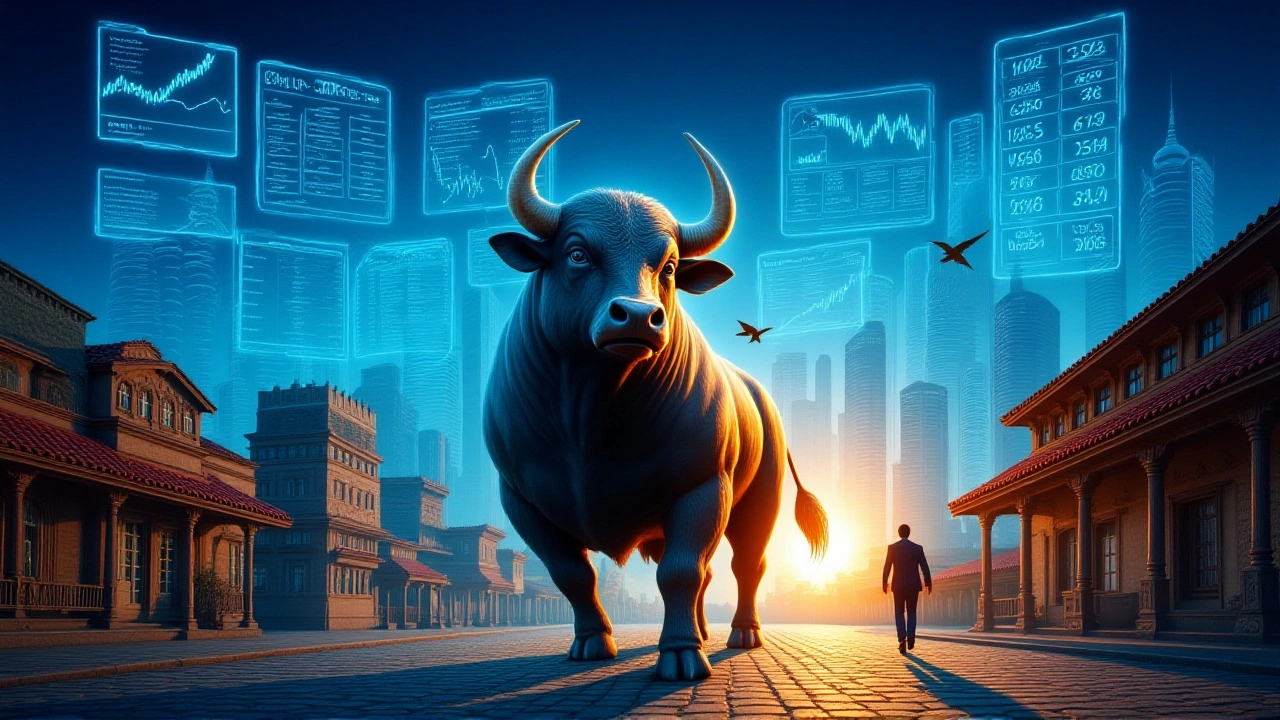Trade Explained: From IPOs to Discount Trends
When we talk about trade, the exchange of goods, services, or financial assets between parties. Also known as commerce, it drives everything from a local shop sale to a multi‑billion‑dollar stock offering. Trade isn’t just buying and selling; it also includes the mechanisms that make those exchanges possible. For instance, an Initial Public Offering (IPO), a company’s first sale of shares to the public creates a new asset class for investors to trade. Similarly, a state‑run e‑lottery system, an online draw used to allocate licenses or permits turns government allocation into a transparent trading event. Even Artificial Intelligence (AI), machine‑learning tools that analyze data and automate decisions now shape trade by predicting market moves and flagging risky transactions. These examples show how trade encompasses financial offerings, requires technological platforms, and interacts with regulatory frameworks.
Key Trade Topics Covered
One of the biggest forces behind modern trade is price incentives. When a major automaker like Mahindra rolls out discount promotions, temporary price cuts that boost sales volume, consumers rush to buy, and dealers see a surge in transaction activity. The same principle applies to digital markets: fantasy‑sports platforms offer bonus credits that encourage users to trade player picks, while e‑lottery draws for liquor licenses create a rush of applications that spike demand for related services. These discount‑driven spikes illustrate a clear semantic link: discount promotions influence trade volume. They also highlight how trade can be both a financial and a behavioral phenomenon, where the lure of a lower price or a chance at a rare license reshapes buying patterns across sectors.
Beyond pricing, trade intersects with media and privacy. A viral AI‑generated selfie trend sparked concerns about data misuse, showing that even creative content can become a tradable asset when platforms monetize user images. Meanwhile, sports events like the Indian Super League generate real‑time betting and fantasy‑sports trading, turning match statistics into market data. Licensing decisions, such as Jharkhand’s online liquor‑shop lottery, turn government authority into a market‑based allocation system, reinforcing the idea that trade requires clear rules and transparent processes. As you scroll down, you’ll find stories that illustrate these dynamics – from an IPO that blew past expectations to discount deals that reshaped the SUV market, and from e‑lottery results that promised fairness to AI trends that raised privacy alarms. All of these pieces together paint a vivid picture of how trade operates across finance, technology, and everyday consumer choices.
